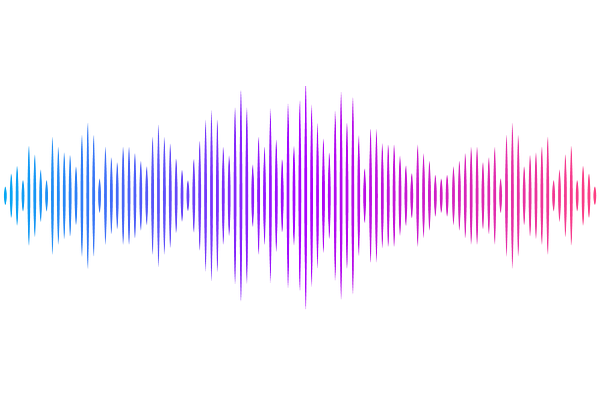Functional Spatial Mapping of the Tumour Immune Microenvironment In Advanced Melanoma Patients

Functional Spatial Mapping of the Tumour Immune Microenvironment In Advanced Melanoma Patients
Legg, S.; Wagner, E.; Applebee, C.; Kirane, A. R.; Padget, J.; Larijani, B.
AbstractPrecision medicine is the gold standard we strive to achieve to tailor therapy to individual patients, maximising effect while minimising toxicities. Many methodologies have improved the quality of biomarker research toward this aim; however, few capture whether checkpoint proteins and genes are actively functioning, termed checkpoint interactions, in an individual. Our team has created novel methodology to directly quantify checkpoint interactions in the tumour-immune microenvironment (TiME) and have early data supporting that this approach better predicts patients outcomes in melanoma. We performed digital spatial profiling (DSP) with Lunaphore-COMET of PD1 in pre- and post-treatment melanoma tumours from patients undergoing standard neoadjuvant immune checkpoint blockade (ICB). Three treatment response categories were utilised: responder, partial-responder and non-responder. The functional oncology mapping (FuncOmap) of the PD1-PDL1 interactions of the same tissue sections revealed, via their individual violin plots, the heterogeneity of the interactive states of PD1-PDL1. FuncOmap, significantly enhances spatial resolution to 30^106 PD1-PDL1 interactive state data points to produce global violin plots pre-and post-neoadjuvant ICB. The global plots show significantly higher checkpoint interaction, ie. failed checkpoint blockade, in non-responder tissue post-treatment. The co-expressions of PD1 versus PDL1 did not show any correlation pre- or post- treatment. By exploiting an entirely new computational framework and a pattern matching algorithm, we directly mapped, the interactive states of PD1-PDL1 on the COMET PD1 expression image, demonstrating no correlation between high expression of COMET-PD1 and the corresponding interactive states. Our new computational spatial platform, FuncO:TiME, successfully maps functional states of immune checkpoints directly onto expression-based DSP of the tumour-immune microenvironment (TiME). Functional proteomics of this nature stand to close critical gaps in biomarker discovery and revolutionise ICB application in melanoma and cancers broadly.